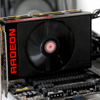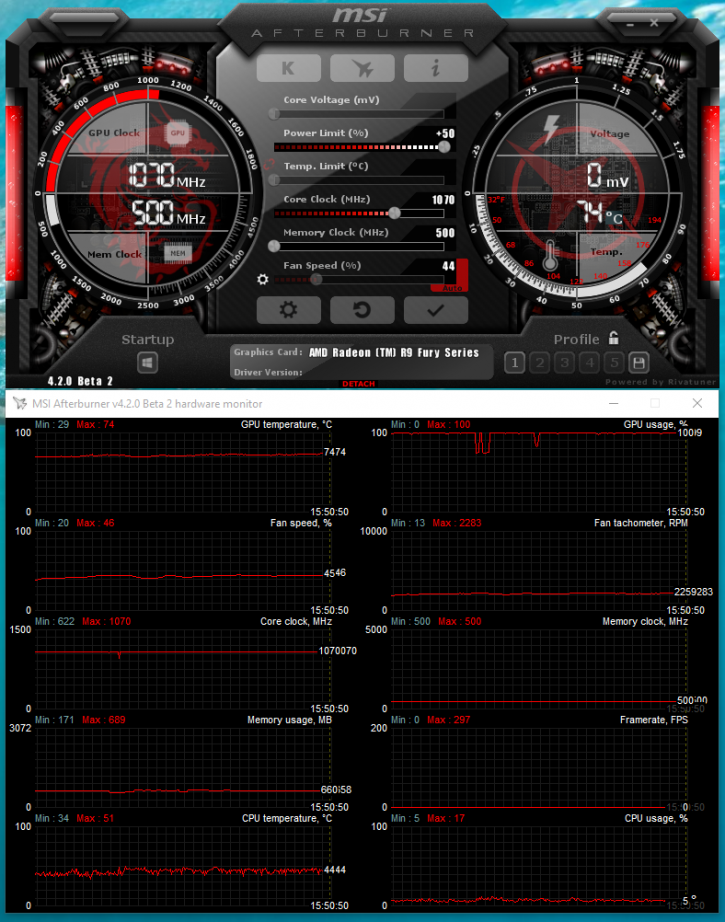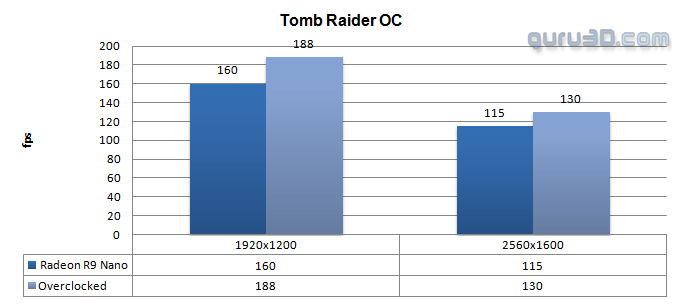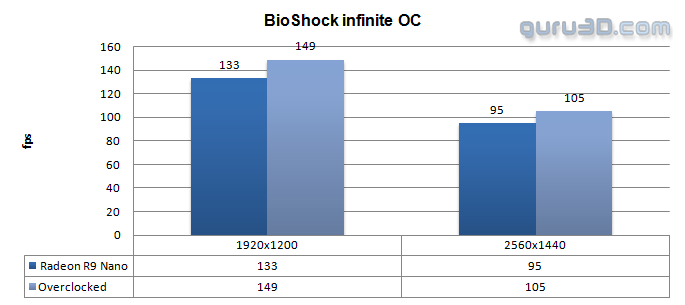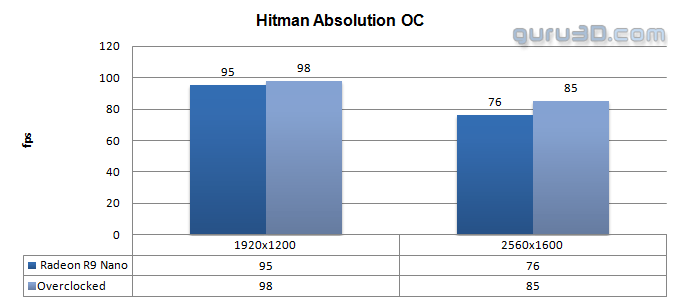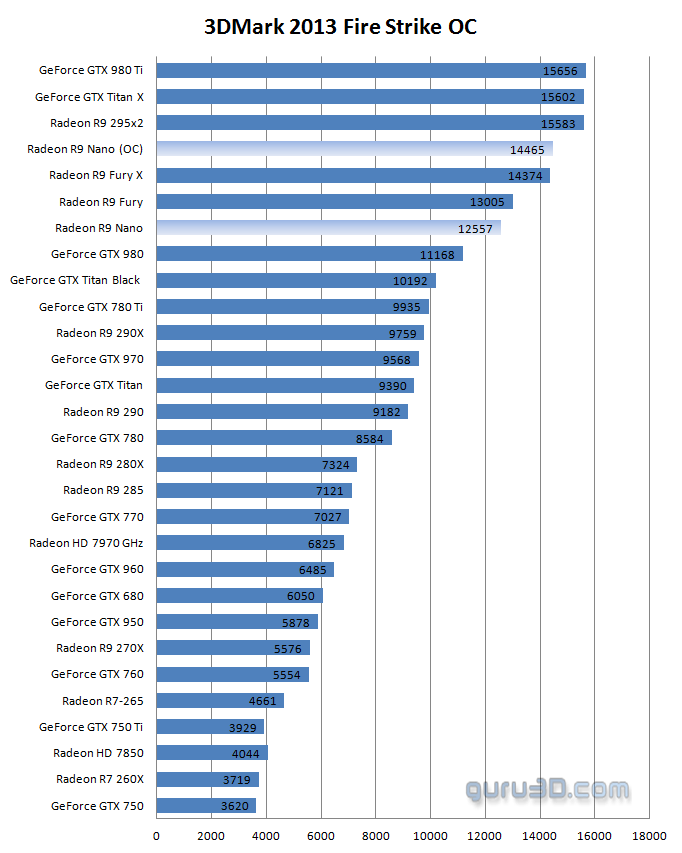Overclocking the GPU
Graphics card performance tweaking
As most of you know, with most video cards you can apply a simple series of tricks to boost the overall performance a little. You can do this at two levels, namely tweaking by enabling registry or BIOS hacks, or very simply to tamper with Image Quality. And then there is overclocking, which will give you the best possible results by far.
What Do We Need?
One of the best tools for overclocking NVIDIA and ATI videocards is our own AfterBurner which will work with 90% of the graphics cards out there. We can really recommend it, download here.
Where Should We Go?
Overclocking: By increasing the frequency of the videocard's memory and GPU, we can make the videocard increase its calculation clock cycles per second. It sounds hard, but it really can be done in less than a few minutes. I always tend to recommend to novice users and beginners, to not increase the frequency any higher than 5% on the core and memory clock. Example: If your card runs at 600 MHz (which is pretty common these days) then I suggest that you don't increase the frequency any higher than 30 to 50 MHz.
More advanced users push the frequency often way higher. Usually when your 3D graphics start to show artifacts such as white dots ("snow"), you should back down 10-15 MHz and leave it at that. Usually when you are overclocking too hard, it'll start to show artifacts, empty polygons or it will even freeze. Carefully find that limit and then back down at least 20 MHz from the moment you notice an artifact. Look carefully and observe well. I really wouldn't know why you need to overclock today's tested card anyway, but we'll still show it.
Use something like Afterburner or any compatible tool of your preference.
| Original | This sample | Overclocked |
| Core Clock: up-to 1000 MHz | Core Clock: up-to 1000 MHz | Core Clock: 1070 MHz |
| Memory Clock: 500 MHz | Memory Clock: 500 MHz | Memory Clock: 500 MHz |
So the question begs, can you overclock a card like the NANO with the complex thermal and power limiters? Well, as it turns out, yeah... pretty well. We might not have voltage and proper memory control over this card just yet, we leave that alone. AMD however left the power limiter for what it is and you can raise it towards an extra 50%, combined with a maximum GPU clock frequency of 1070 MHz this card was stable.
Obviously you now use more power, our TDP measurement peaked an extra 30 Watts to 249 Watts, not bad. During the overclock the 1070 MHz was incredibly consistent as we allowed the card to throttle towards it thanks to the increased power limiter. The end result is a product in the enthusiast class of performance, albeit we have to say it, more noisy as the fan spins up faster and at a higher pitch. None the less, it is definitely worth some checking out.
We applied:
- Power Target +50%
- GPU clock 1070 MHz
- Fan control RPM @default
We now have a hint extra performance at our hands on top of the factory overclock, have a peek at the results when overclocked.
For all overclocked games above we have used the very same image quality settings as shown before. Overall we have been able to get an extra hint of performance out of this graphics card.
